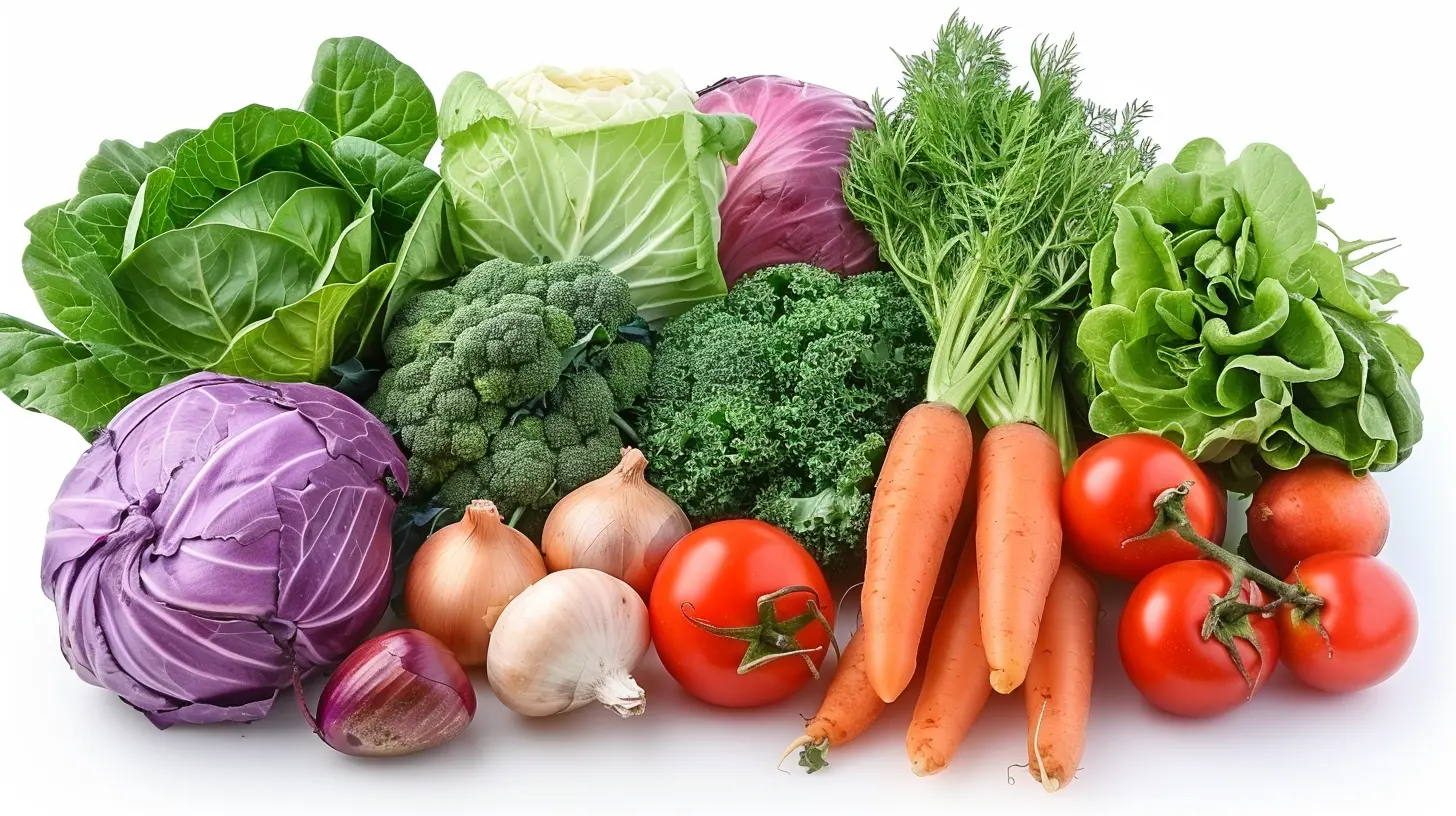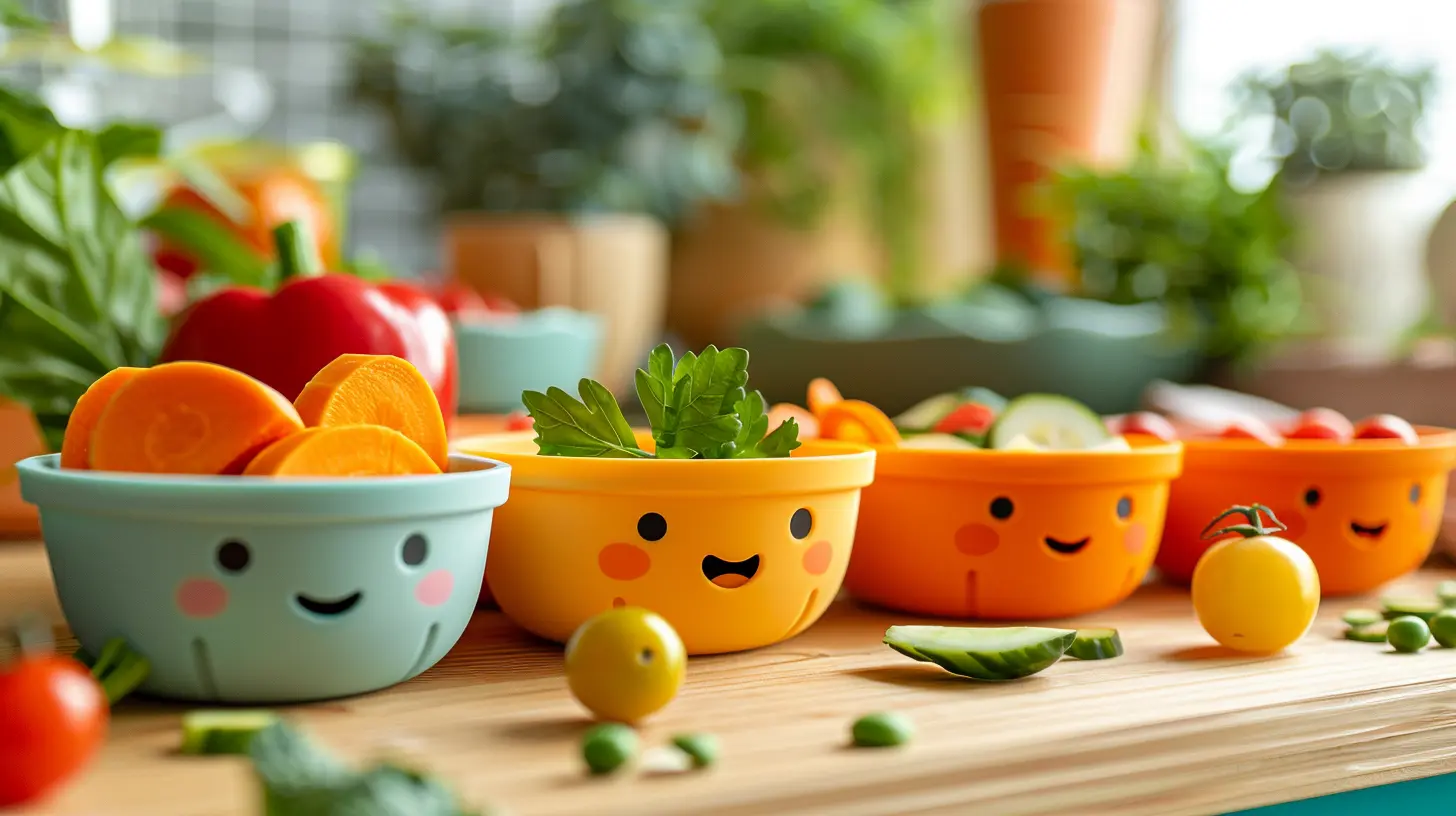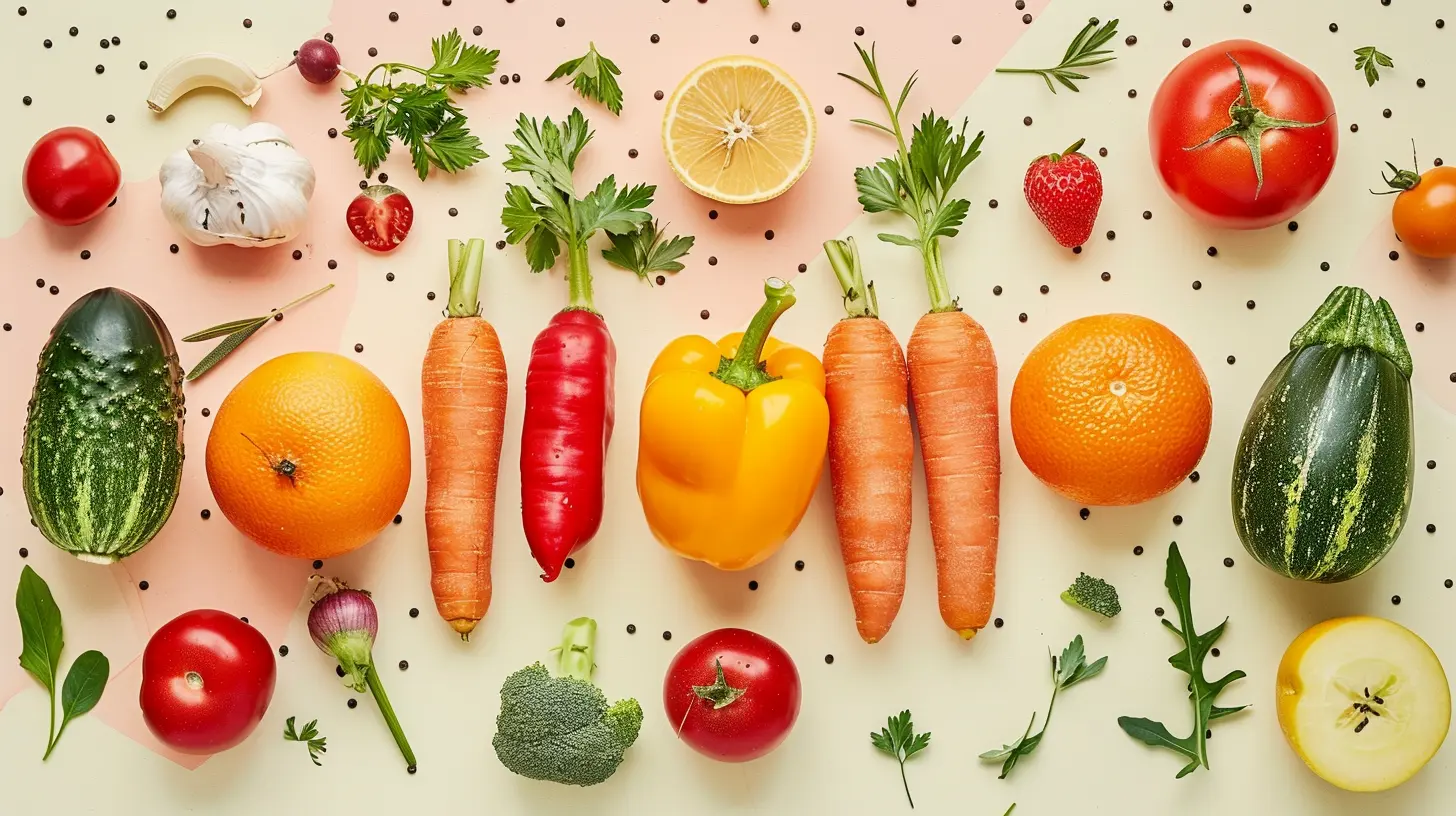How to Encourage Your Child to Eat More Vegetables
5 September 2025
Let’s face it—getting kids to eat vegetables can feel like trying to convince them that broccoli is as exciting as ice cream. If you’ve found yourself fighting the dinnertime veggie battle, you’re not alone! Many parents struggle with this, but don't stress—it’s not impossible. With a little creativity, patience, and persistence, you can turn those veggie haters into veggie lovers.
In this article, I’ll walk you through practical strategies to make vegetables more appealing to your little one. Spoiler alert: bribing them with dessert isn’t the only way! 
Why Do Kids Dislike Vegetables?
Before we dive into solutions, let’s understand the problem. Why don’t kids naturally gravitate toward veggies?1. Taste and Texture: Some vegetables have bitter flavors or a mushy texture that can be off-putting to kids.
2. Evolutionary Wiring: Believe it or not, our ancestors evolved to be cautious of bitter tastes, associating them with poison. Thanks, evolution!
3. Exposure: If your child isn’t exposed to veggies early on, they may not develop a taste for them.
4. Peer Influence: A friend at school says peas are gross, and suddenly, they’re “gross” forever.
But don’t fret! Just because your kid may be skeptical of spinach now doesn’t mean they’ll reject it forever. 
Smart Strategies to Get Your Child to Eat More Veggies
1. Start Early (But It’s Never Too Late!)
If you can, introduce a variety of vegetables when your child is a baby. Studies show that repeated exposure to vegetables early on makes kids more likely to enjoy them as they grow. But if you’ve missed that boat, don’t worry. There’s no expiration date on trying new foods!2. Make It Fun
Let’s face it—kids love anything that feels like play. Why not make eating veggies entertaining?- Food Art: Use colorful veggies to create fun shapes on their plate. Think cucumber slices for eyes, carrot sticks for arms, and cherry tomatoes for smiles.
- Dipping Game: Most kids love dipping! Offer healthy dips like hummus, yogurt, or guacamole. Veggies taste way better when they’re paired with something creamy and flavorful.
- Veggie Taste Tests: Turn it into a game. Can they identify different veggies while blindfolded?
3. Lead by Example
Kids are incredible imitators. If they see you enjoying veggies, they’re more likely to give them a go. Sit down as a family and eat the same meal. And when you take a bite of roasted Brussels sprouts, act like they’re the best thing you’ve ever tasted (even if you’re secretly on Team French Fries).4. Get Them Involved in the Kitchen
Want a sneaky way to increase interest in veggies? Let your child help prepare meals. Kids are more likely to eat something if they helped make it.- Wash and Chop: Depending on their age, they can help wash veggies, peel carrots, or snap green beans.
- Stir and Season: Let them sprinkle salt or toss veggies in olive oil before roasting.
- Make Their Own Salad: Lay out a variety of veggies and let them “build” their own salad creation.
Chances are, if they feel a sense of ownership over the dish, they’ll be more excited to eat it.
5. Sneak Veggies Into Their Favorite Foods
If your kid is dead set against visible veggies, disguise them (yes, sneakiness is totally acceptable here).- Smoothies: Blend spinach or kale into a fruit smoothie. The sweetness of the fruit masks the veggie flavor.
- Pasta Sauce: Add finely chopped or pureed zucchini, carrots, or bell peppers to marinara sauce.
- Meatballs/Burger Patties: Mix grated carrots or mushrooms into ground meat.
- Baked Goods: Zucchini muffins, anyone?
It may feel like cheating, but hey, veggies are veggies!
6. Offer Choices
No one likes to feel forced—especially kids. Instead of saying, “Eat your broccoli,” try giving them options. “Would you like broccoli or green beans tonight?” By giving them a little control over the decision, you reduce resistance and make them feel empowered.7. Try Different Cooking Methods
Boiled veggies? Hard pass. But roasted veggies with a little olive oil and seasoning? Game changer. Experiment with different cooking methods to find what your child likes best.- Roasting: Brings out natural sweetness (especially in carrots, sweet potatoes, and Brussels sprouts).
- Grilling: Adds a smoky flavor that kids may enjoy.
- Sautéing: Quick and flavorful with a touch of garlic or butter.
If raw veggies aren’t a hit, don’t rule out cooked ones and vice versa.
8. Make Veggies the Star of the Show
Sometimes, we treat vegetables like an afterthought—a sad little pile on the side of the plate. Instead, make them the main event!- Veggie Pizza: Top a homemade pizza with colorful veggies like peppers, spinach, and mushrooms.
- Stir-Fry: Combine a variety of veggies with a tasty sauce and serve over rice or noodles.
- Veggie Bowls: Build a bowl with quinoa or rice, roasted veggies, and a drizzle of your kid’s favorite dressing.
When veggies are presented as vibrant and exciting, kids may be more curious to try them.
9. Don’t Force It
This one’s tough, but forcing your child to eat vegetables can backfire. It can create negative associations and turn mealtime into a power struggle. Instead, offer veggies regularly without pressure. Over time, they might surprise you by trying them voluntarily.10. Celebrate Small Wins
Did your child eat one baby carrot today? That’s a win! Did they try a tiny nibble of bell pepper? Progress! Celebrate these moments without overreacting. A simple “I’m proud of you for trying that” goes a long way.Remember, the goal is to build positive associations with vegetables—not tension-filled battles. 
Be Patient and Consistent
If there’s one thing every parent knows, it’s that patience is a virtue. Kids’ taste buds are constantly evolving, so don’t give up after the first (or even 15th) rejection. Studies show that repeated exposure is key—it can take 10–15 tries before a child warms up to a new food.Keep offering veggies in different forms, and don’t let “no” discourage you. Persistence pays off! 
Final Thoughts
Encouraging your child to eat more vegetables might feel like climbing a mountain, but it doesn’t have to be an uphill battle forever. By being creative, staying consistent, and ditching the pressure, you can slowly but surely help your child develop a taste for veggies.It’s all about creating positive experiences around food. Think of it as planting a seed—small efforts now can grow into healthy habits later. So, keep at it. One day, you might just catch your kid sneaking a piece of broccoli off your plate! (Hey, we can dream, right?
all images in this post were generated using AI tools
Category:
Healthy EatingAuthor:

Kelly Snow
Discussion
rate this article
1 comments
Joy Mullen
Encouraging healthy eating habits can be challenging, but patience and creativity make all the difference!
September 12, 2025 at 2:36 AM

Kelly Snow
Absolutely! Patience and creativity are key in making veggies appealing and fun for kids.


